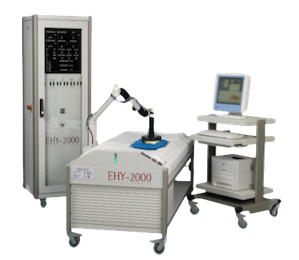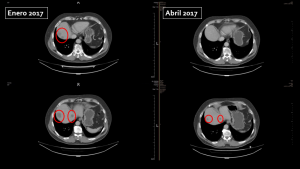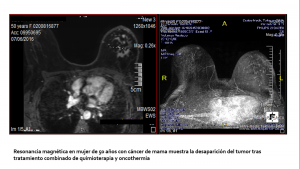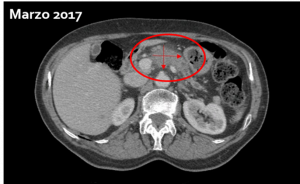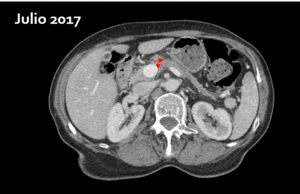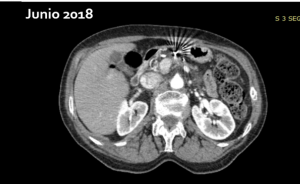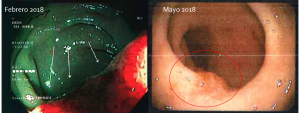Oncothermia combined with chemotherapy for the treatment of recurrent cervical cancer
Researchers compared the effect of Oncothermia combined with conventional chemotherapy versus chemotherapy alone in patients with cervical cancer.
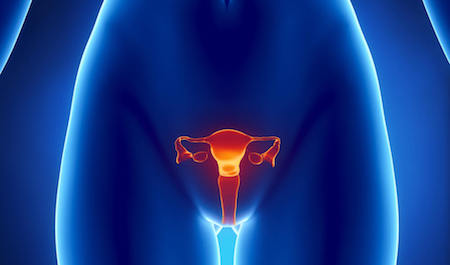
Dr. Lee’s team, from Department of Radiation Oncology, Institute of Medical Sciences, Chonbuk Medical University, South Korea, has recently published in the journal Oncology Letters the results on the complementary use of Oncothermia in recurrent Cervix Cancer previously treated with radiotherapy.
The present study was performed to evaluate the effect of Oncothermia combined with conventional chemotherapy compared with chemotherapy alone on recurrent cervical cancer previously treated with irradiation.
Method
A total of 20 patients, aged 36-71 years, with cervical cancer were treated with chemotherapy. Of these, 18 patients were treated with chemotherapy combined with Oncothermia. In addition, the equipment used was: EHY2000 (Oncotherm GmbH, Troisdorf, Germany). And the frequency was 13.56 MHz, with the circular electrode diameter of 30 cm.
In addition, local metastases (including para-aortic lymph nodes and adjacent pelvic lymph nodes) were considered in the inclusion criteria of the study. Also, patients with distant metastases were excluded.
For the study, Oncothermia was applied 3 times a week for 60 minutes from the start of chemotherapy. A total of 36 sessions were carried out.
Results
The overall response (complete remission + partial remission + stable disease/progressive disease) to treatment was significantly greater in the group of patients who underwent chemotherapy combined with Oncothermia (P=0.0461). Then, Oncothermia was shown to be more effective in the treatment of local metastases (lymph nodes). No complications with the use of Oncothermia were reported.
Conclusion
In conclusion, in patients with recurrent cervical cancer treated with radiotherapy, the overall response rate to treatment is significantly higher in patients who combined chemotherapy with Oncothermia compared to those who only received chemotherapy.

